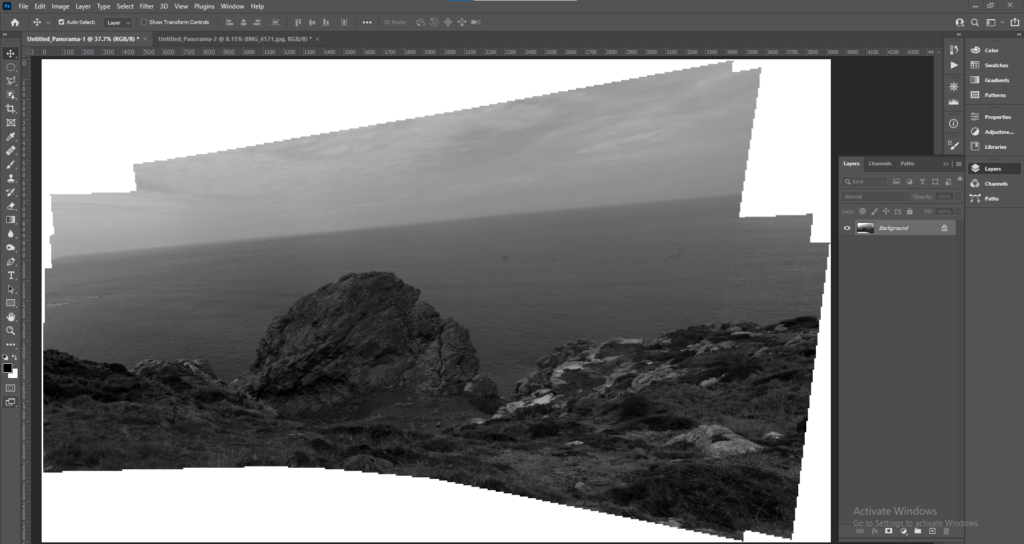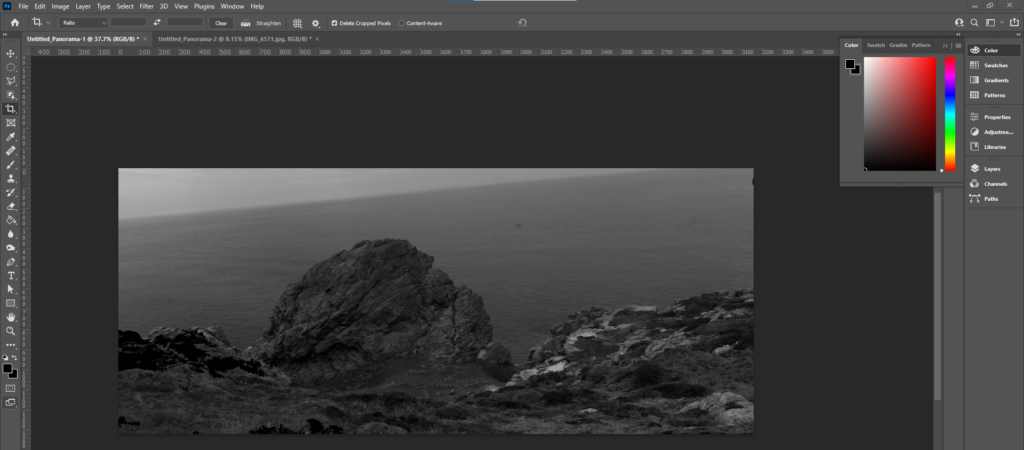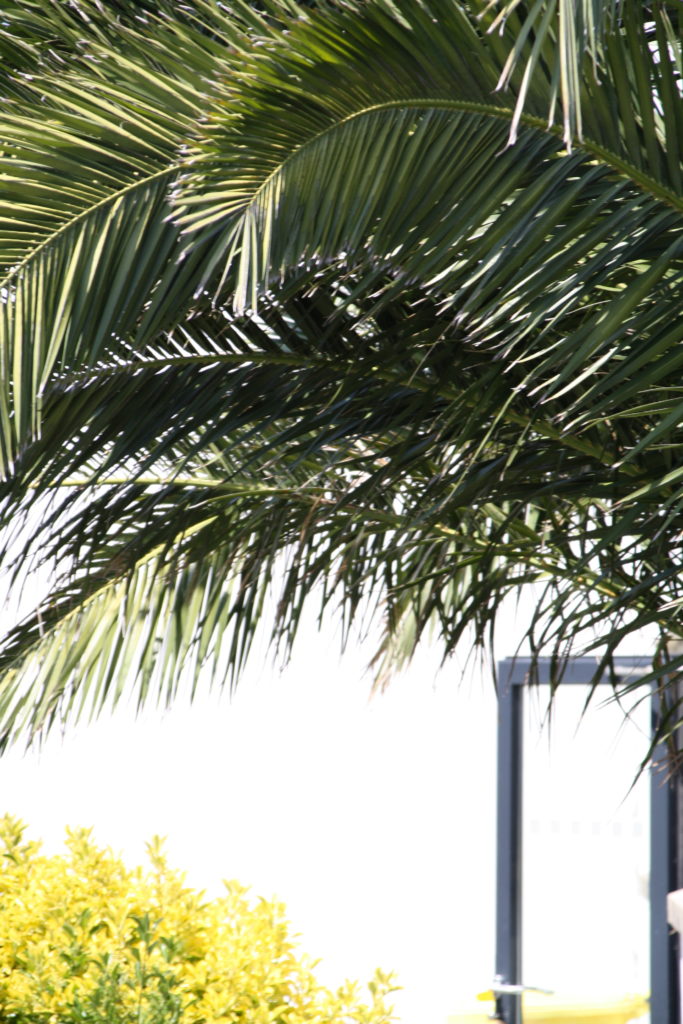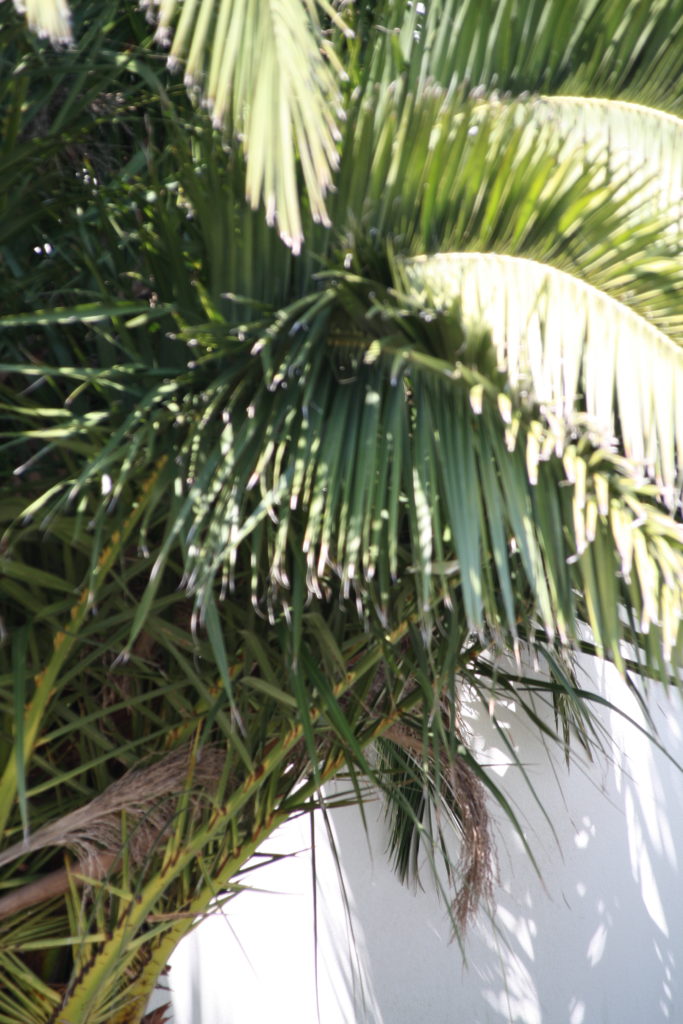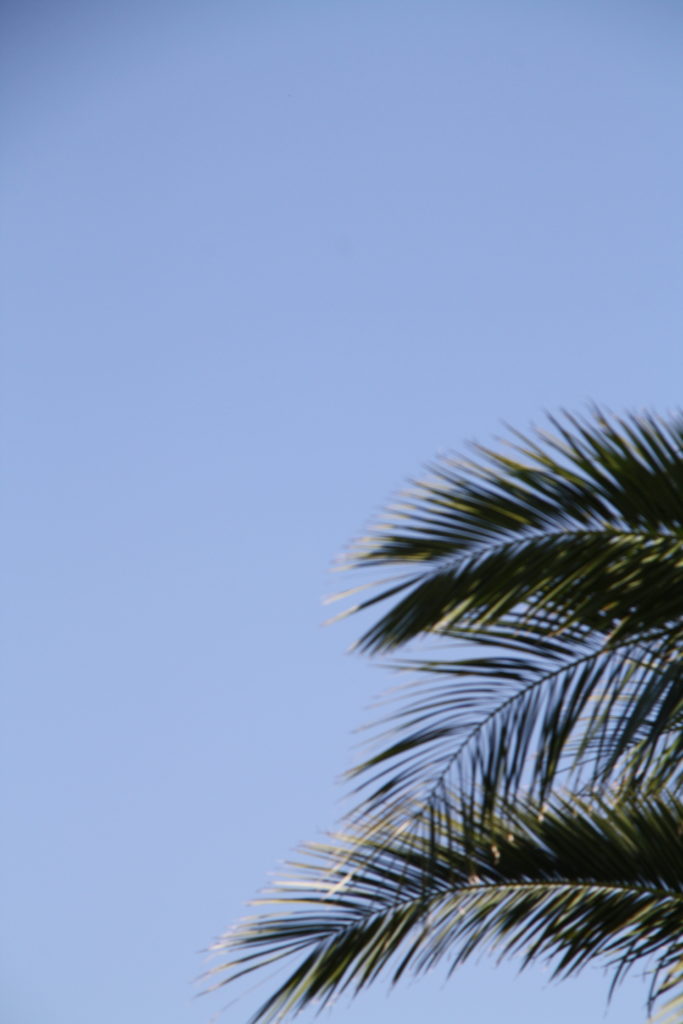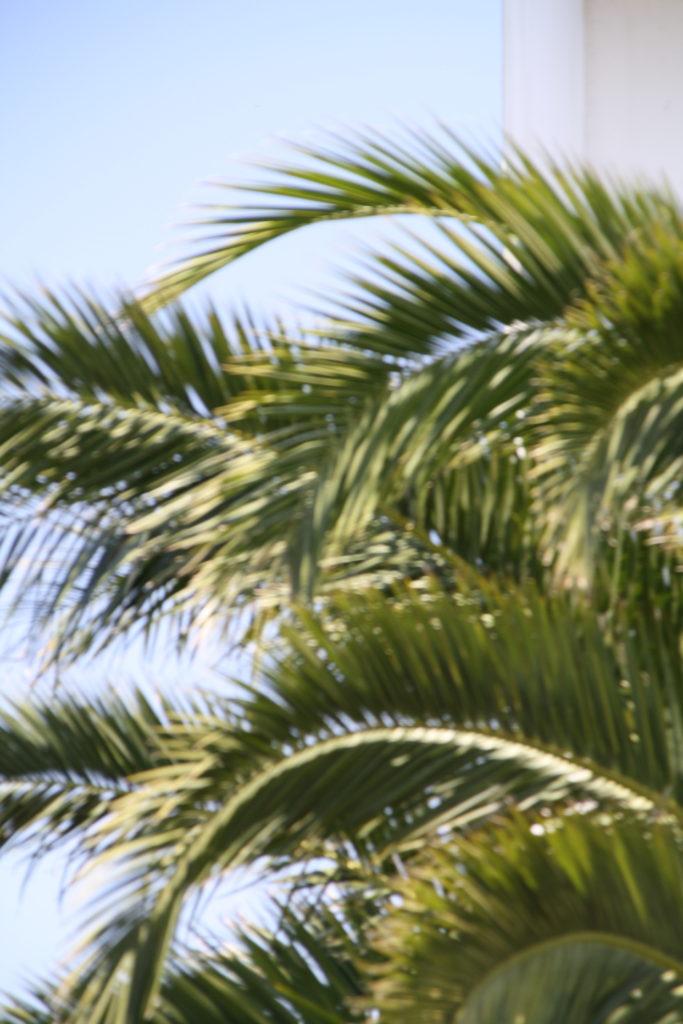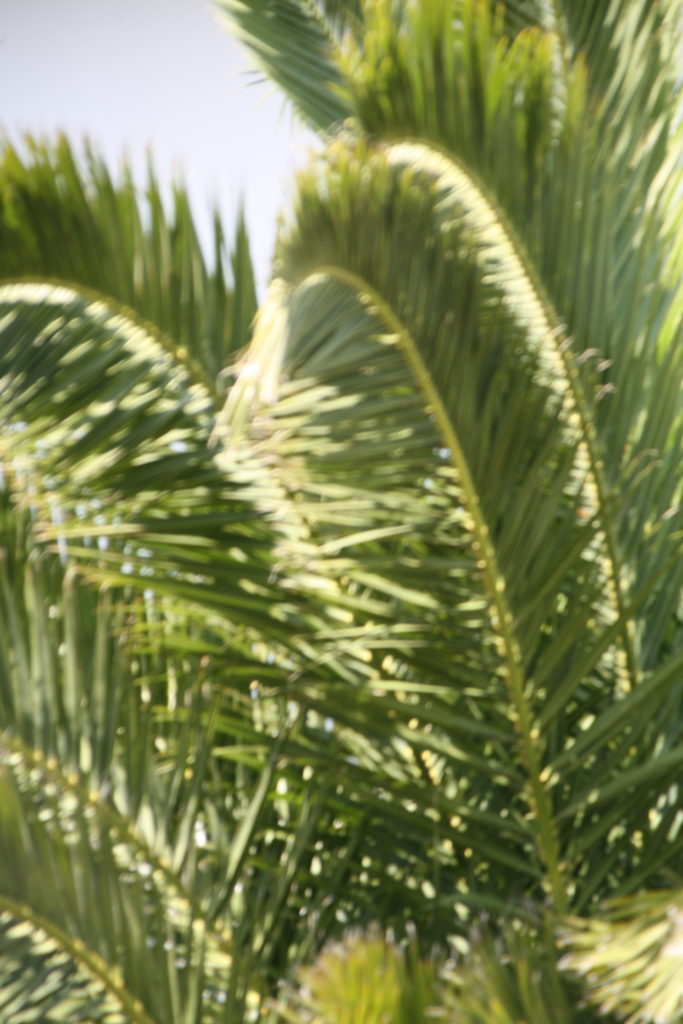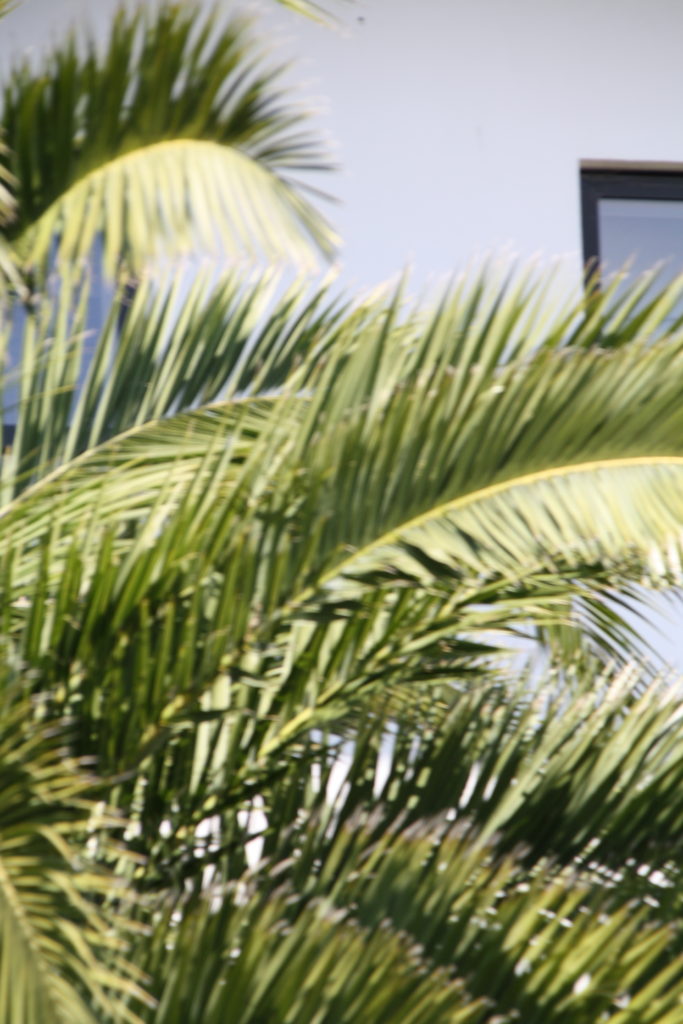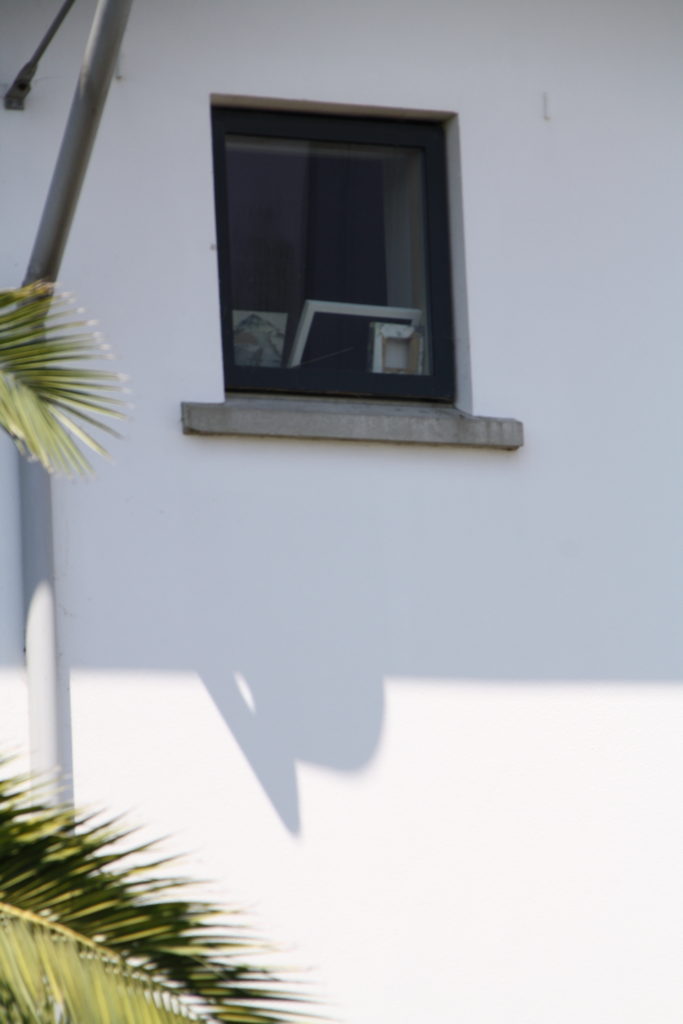David Hockney
David Hockney (born 9 July 1937) is an English painter, draftsman, printmaker, stage designer, and photographer. As an important contributor to the pop art movement of the 1960s, he is considered one of the most influential British artists of the 20th century. In the early 1980s, Hockney started to produce photocollages, which he called “joiners,” starting off with polaroid prints and later of 35mm, processed color prints. Using a large number of Polaroid prints or photolab-prints of a single subject Hockney arranged a patchwork to make a composite image. One of his first photomontages was of his mother. the images are taken from different perspectives and with slightly different lighting resulting in an effect similar to Cubism.

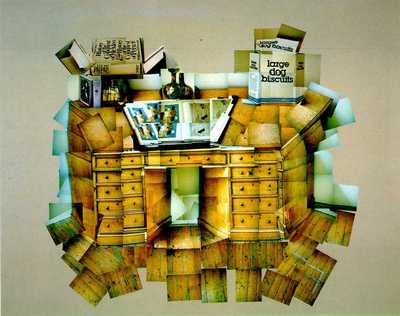

David Hockney’s creation of the “joiners” occurred accidentally. He noticed in the late sixties that photographers were using cameras with wide-angle lenses to take pictures. He did not like such photographs because they always came out somewhat distorted. Working on a painting of a living room and terrace in Los Angeles, he took Polaroid shots of the living room and glued them together as a preparatory work, not intending for them to be a composition on their own. He realised this picture created a kind of story, as if the viewer was moving through the room. He began to work more and more with photography after this discovery and even stopped painting for a period of time. Hockney had always been interested in Cubism and the idea of multiple perspectives and viewpoints so this was another way for him to explore this way of looking.
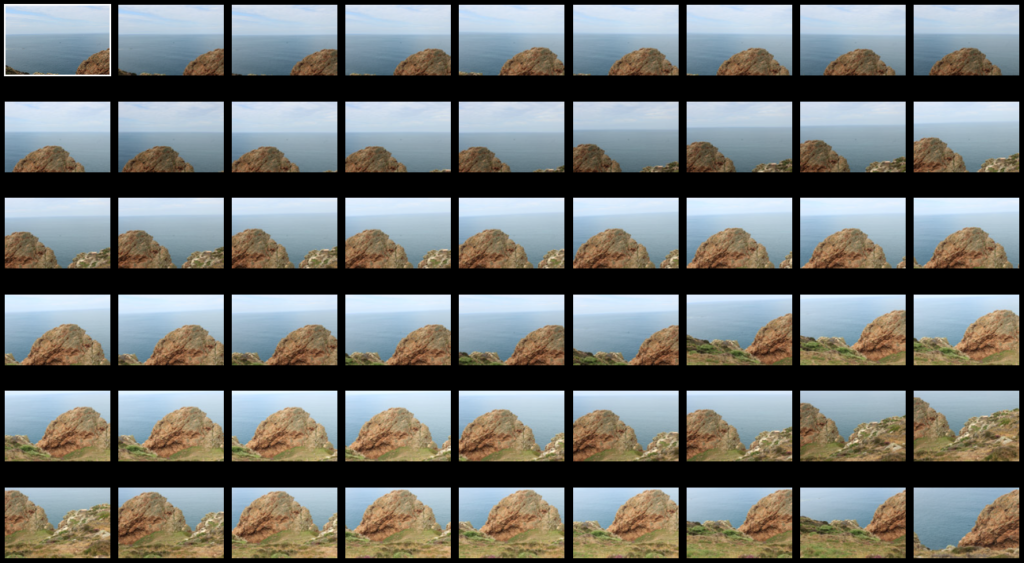
Space is an illusion, as the photograph itself is only a representation of the ‘real’ thing. Secondly, the collage can expand space by assembling many individual images together into a wider view.
Viewpoints The construction of a collage includes many images, each with their of point of view. Therefore, by definition a ‘joiner’ is a collage with multiple viewpoints.
One of David Hockneys pieces of work consists 30 polaroid pictures which are put together similarly to a collage. His methods take into account for a bigger illusion of space in comparison to a single image and time is extended beyond a fraction of a second due to this many viewpoints are accounted for in each image.
Time is captured in a much broader scale.
By manipulating time from a fraction of a second in one image when taking multiple images in portraiture he was able to express emotions throughout time.
Hockneys work leads us to the discussion of photographs which are of course real but that they are also an illusion.
“Photographs don’t have life”



